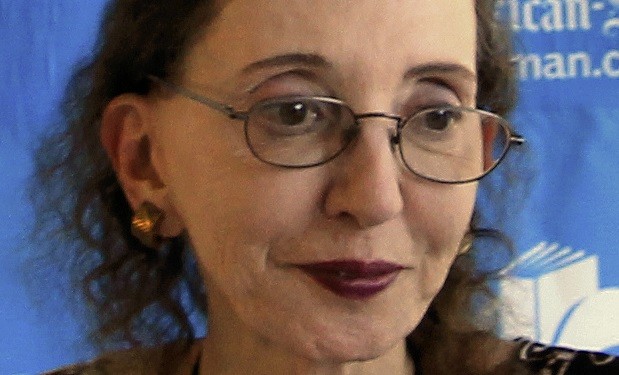Joyce Carol Oates, author of more than 50 books, is not a minimalist. She doesn’t seem to be a big fan of the style either, explaining its origins as an “ironic corrective” to “intellectually driven” works by “great midcentury American writers.” (Bellow, Faulkner, Nabokov, et al.) But Oates does concede that minimalism is a useful — or perhaps the only? — technique which might be used effectively to describe the vacuous millennial generation. In reviewing three books by author Mary Miller in the New York Review of Books, Oates generously quotes the painfully insipid dialogue and barren descriptions in Miller’s work, resigning herself it seems to the idea that for the empty and soulless young people Miller writes about, such dull language — rather than “sentences complicated enough to bear rereading” — is probably the proper tool. One can’t paint a vacuum using the rainbow’s colors, after all.

While admitting that “to speak glibly of generations… is to trade in journalistic cliches,” Oates nevertheless lowers the boom on the so-called “millennial” generation: “those born between 1982 and 2000 into an era of cell phones and text messages, video games and social media, celebrity worship, conformity — a post-literate generation.” Oates admits that minimalism is “an ideal fictional mode” to represent this particular generation of young Americans. The venerable author and critic may sound curmudgeonly. She is certainly setting herself up to be flamed on Snapchat with stickers or lampooned elsewhere by an army of emoji. But when and if a millennial writes a considered and literate response to Oates’s “post-literate generation” characterization, it won’t be one of the millennials in a book by Mary Miller. That much seems certain. Oates teaches at Princeton University.
